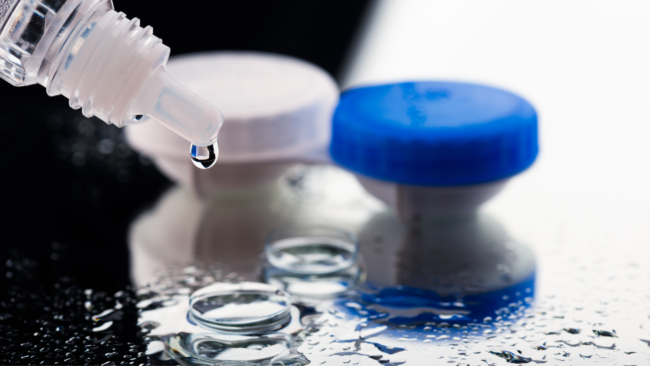Overview of Device Regulation
Classification of Medical Devices How to determine classification
Product Classification Database of medical devices with associated classifications
Investigational Device Exemption (IDE)
PMA Application Methods Traditional PMA, Modular PMA, Product Development Process
PMA Guidance Documents
510(k) Submissions Programs Traditional 510(k), Special 510(k), Abbreviated 510(k)
De Novo Classification Request
Postmarket Requirements (Devices)

For a medical product to be available for sale and marketing in the U.S., biomedical companies must meet the regulatory requirements specified by the FDA. For medical devices, regulatory controls increase based on the device classification they receive. The FDA’s risk-based classification system has three levels: Class I (lowest risk), Class II (moderate risk), and Class III (highest risk). Products, like Class III devices, that need marketing applications must provide substantial evidence that proves the safety and efficacy of the investigational medical product, which is acquired through clinical trials and other studies. Keep in mind that marketing applications are different from the applications needed to conduct clinical trials in human participants. An Investigational Device Exemption (IDE) application is needed before initiating medical device clinical trials.
The FDA also has expedited regulatory pathways to help get treatments to the public faster. They developed multiple approaches to speed up the approval process of certain medical products to meet existing public health needs, especially treatments for serious diseases. These include Priority Review, Breakthrough Therapy, Accelerated Approval, Expanded Access and Fast Track. Additional designations include Humanitarian Use Device for rare diseases and De Novo for devices that have never been marketed in the US but have technology and safety profiles that are reasonably understood. In cases like the COVID-19 pandemic, the FDA can grant an Emergency Use Authorization (EUA).
Resources
Click each title below to reveal the resources
Go to Resources for this page